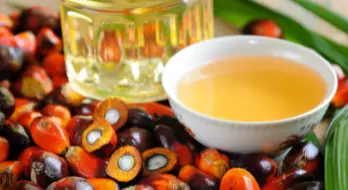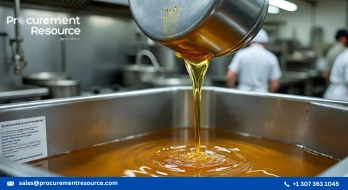Hike in Palm Oil Prices Shift Consumer Focus on More Affordable Edible Oil Alternatives
.webp)
The palm oil prices have been on a significant rise in 2024. Procurement Resource reported a notable price hike of approximately 6.37% on a monthly basis from January to February 2024. However, the resurgence in palm oil prices in 2024, with an almost 5% rise after a previous year's decline of 11%, is being hampered by the plentiful availability of alternative oils like soy oil and sunflower oil. For the first time in over a year, these usually more costly alternatives are being offered at lower prices.
A significant factor behind this trend is the substantial soybean crop in South America, which has led to a decrease in soy oil prices and a stronger market presence for it. With the production of soy oil and sunflower oil on the rise, in contrast to the falling production of palm oil, the market is witnessing varied price directions, leading consumers to gravitate towards the more affordable oil options.
In India, the world's leading importer of vegetable oil, there's a noticeable preference shift from palm oil towards soy oil due to these price and production changes. The adjustment is partially a result of reduced production in Indonesia and Malaysia, the main palm oil producers, which has affected the price advantage palm oil had over its competitors.
This adjustment is evident in India's import data, with palm oil imports at their three-month low while soy oil imports have increased significantly. Future estimates suggest a continued increase in soy oil imports. The difference in refining margins for palm oil versus soy oil and sunflower oil is also encouraging a switch to these soft oils despite palm oil's historical market dominance. This price dynamic is likely to restrain the growth in palm oil prices as consumers lean towards the more affordable alternatives.
Read More About Crude Palm Oil Production Cost Reports - Get Free Sample Copy in PDF
According to the article by Procurement Resource, the resurgence of palm oil prices in 2024 faces challenges from an oversupply of cheaper alternatives like soy oil and sunflower oil, made more affordable by a large South American soybean harvest. This situation is shifting consumer preference towards these less expensive oils, especially in India, the top vegetable oil importer. Reduced palm oil production in Indonesia and Malaysia is diminishing palm oil's cost advantage, influencing India's import trends to favor soy oil and potentially restraining palm oil's price growth.



